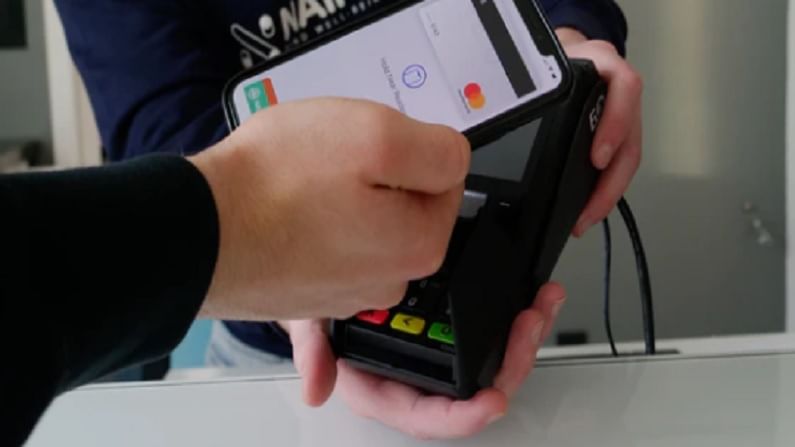A look at how Covid-19 unlocked potential of contactless transactions
According to a recently conducted digital payments poll by Mastercard India, 74% of the respondents said they will continue to make purchases digitally or via contactless mode in the coming times.

Over the past 6-7 years, India has taken big leaps to become a cash-lite economy. A nation that was previously dominated by cash transactions has evolved with the dynamic payments’ ecosystem. As consumers and merchants experienced the convenience, safety along with other benefits of digital payments and the Indian aspirations to do more surged, the country registered over 21 billion transactions in FY 20.
Moreover, encouraged by the early achievements of the digital economy, the Government set an even more ambitious target of over 46 billion for the current fiscal.
Let us see where we stand in this journey and what is in the store:
Fast forward 2021
During these unprecedented times as, social distancing becomes the new norm, there is a behavioral shift across all consumer categories. The escalating concerns about the spread of the virus through contact have ignited an acceptance of digital payments across the country.
Post-Covid, 60% of all digital transactions in the country have shifted to online platforms, which stood at 40% earlier, according to pre-covid levels. It is evident that there has been a surge in contactless payment volumes across online grocery stores, small retail outlets, online pharmacies, vegetable and fruit vendors, recharges, bill payments and so on.
According to a recently conducted digital payments poll by Mastercard India, 74% of the respondents said they will continue to make purchases digitally or via contactless mode in the coming times.
In these difficult times, the digital ecosystem built up over the years has proven crucial in fulfilling business transactions, peer-to-peer transfers as well as government direct benefit transfers. Essential categories such as pharmaceuticals, health & wellness and groceries, fuel, home automation etc. have powered the growth of contactless payments and has made it second nature over time, taking over various form factors such as wearables, tap on phone, etc.
Digital payment volumes are also receiving a boost through the government’s initiatives such as ‘Cashless India’ and allowing contactless transactions above Rs 5,000 with ‘tap and PIN’. In the last few years, the industry has witnessed many trends and forces that are making India the most exciting payments hotspot in the world. Today, in India about 25% cards are contactless and about 15% of the transaction volume is coming from contactless cards, a number which was in single digits a few years back. Giant payment companies are collaborating with new age fintech companies to create and deploy several low-cost, easy to use, multi-purpose payments acceptance solutions for MSMEs.
For instance, Mastercard recently launched Soft POS in collaboration with Axis Bank and Worldline, which is a global first digital multiform factor point-of-sale solution that allows merchants to accept payments through various digital form factors including Bharat QR/NFC/Link based payments , simply using their smartphones. It does not need any new hardware infrastructure and merchants can use this solution to create a catalogue of items available and offer convenience in ordering online.
This is the first such payment acceptance solution globally and it is made in India, for the world! Interestingly, a recent study says, the growth of digital payments specifically will come out by increasing penetration with offline merchants and the penetration with the unorganised retail sector will grow on the back of increased merchant digitization in cities beyond tier II. So, from hawkers to MSMEs, everyone is gradually going digital!
The future takes a leaf from the present
In the coming days, forward looking merchants, banks, and financial institutions will leverage new technologies and data analytics to create a personalized way for consumers to consider, consume and purchase goods and services. For instance, audio-visual sensory engagement provides simple, seamless familiarity and an additional assurance to the consumer and merchant that the transaction has been completed safely and securely.
We recently partnered with Titan watches and State Bank of India to launch Titan Pay, which empowers SBI Mastercard cardholders to make payments by just tapping their Titan watch on a POS terminal. At the same time, the digital payments ecosystem is getting safer and secure with every progressing day, thanks to technologies such as tokenisation, predictive fraud management, and new security standards.
Furthermore, augmented reality, virtual reality, wearable technology is also becoming mainstream, taking the consumer experience to completely different levels. As it is said, the whole is the sum of parts, India is all set to emerge as a digitally empowered, less cash, Atmanirbhar economy.
(The writer is Vice-President, Merchant Acceptance, South Asia, Mastercard. Views expressed are personal)

